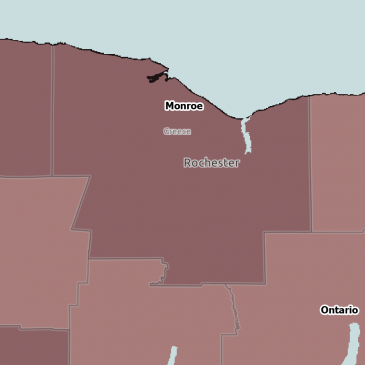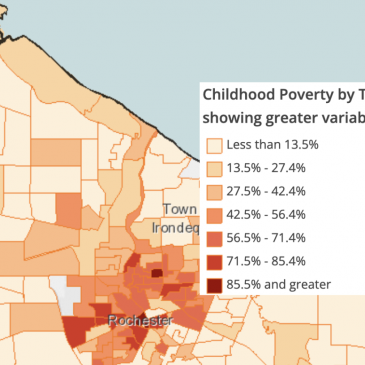Data on Flu and RSV Available for Monroe County
This report contains data on flu and RSV cases in Monroe County, including hospitalization and death rates by age group. Updated weekly, on Mondays, this report will be available throughout the flu season.




